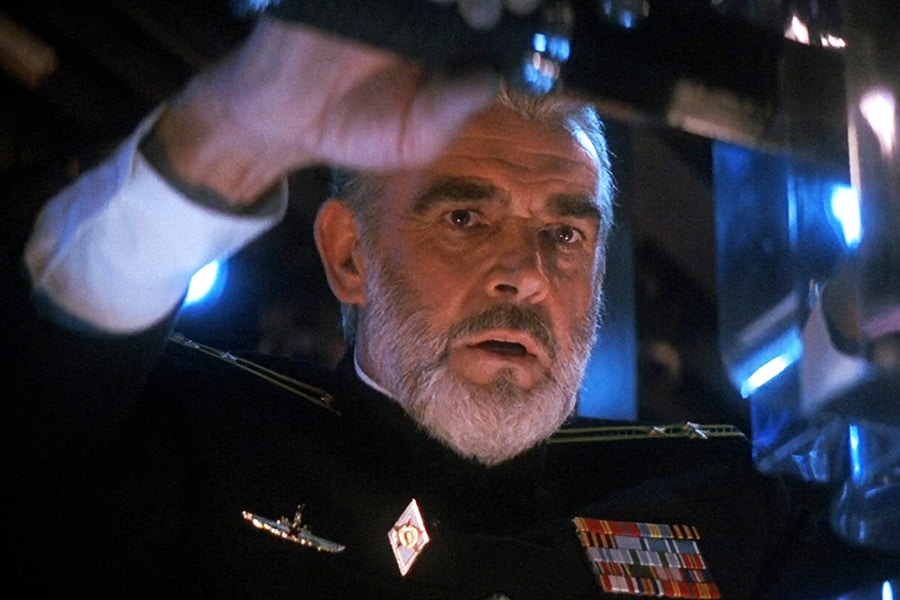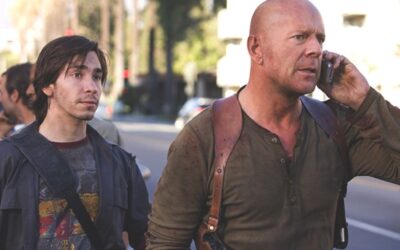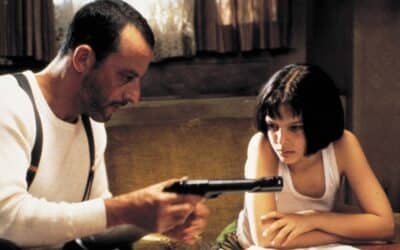
Villains of Action Thrillers
Villains play a crucial role in the adrenaline-fueled world of action thrillers. They are the architects of chaos, the instigators of conflict, and often, the driving force behind the hero’s quest. This exploration into the psyche and portrayal of these antagonists takes us into the dark alleys and twisted minds that make action thrillers a gripping cinematic and literary experience.
At the heart of many action thrillers lies the classic trope of the criminal mastermind. Think of “Die Hard,” where Alan Rickman’s portrayal of Hans Gruber set a gold standard for suave, calculating villains. Gruber, with his mix of sophistication and ruthless strategy, elevates the stakes of the narrative, creating a memorable and formidable foe for Bruce Willis’s everyman hero, John McClane. Set in the confined space of Nakatomi Plaza, Gruber’s character becomes synonymous with the high-intensity and high-stakes scenarios typical of action thrillers.
Then there’s the Bond franchise, with its parade of iconic villains. From Auric Goldfinger’s greed-driven machinations to Ernst Stavro Blofeld’s megalomaniacal plans, these characters are as crucial to the films’ appeal as 007 himself. Each villain introduces unique challenges and elevates the tension, often bringing in elements of global threat and sophisticated technology.
Transitioning to the literary world, Tom Clancy’s “The Hunt for Red October” introduces us to a different kind of villain – Marko Ramius, a Soviet submarine captain who defies the typical villain mold. His motivations are complex and even sympathetic, blurring the lines between hero and antagonist. This complexity adds a layer of depth to the thriller genre, showcasing how villains can be more than just obstacles for the protagonist.
In “The Silence of the Lambs,” although it’s typically classified in the horror genre, the character of Hannibal Lecter, created by Thomas Harris, is a prime example of a villain in action thrillers. Lecter’s chilling intellect and manipulative prowess make him a fascinating, if terrifying, figure. His interactions with Clarice Starling are a dance of psychological suspense, adding a cerebral dimension to the action thriller genre.
Modern action thrillers have also embraced the concept of the corporate villain. In “Mission: Impossible – Ghost Protocol,” the character of Kurt Hendricks, a nuclear strategist who believes in the necessity of global conflict, represents a new era of villainy. These corporate or ideological villains reflect contemporary fears, showing that the threat can come from the halls of power as much as from the underground.
In the realm of television, “24” introduces a parade of villains, each bringing a unique threat to Jack Bauer’s world. These characters range from terrorists to corrupt government officials, each contributing to the series’ high stakes and relentless pace. The show’s real-time format amplifies the tension, making the villains’ actions feel immediate and dangerous.
Action thriller villains are more than just obstacles; they are reflections of our deepest fears and societal anxieties. They challenge the hero not just physically but morally and intellectually, creating a dynamic that keeps audiences and readers engaged. Whether through cold-blooded strategy, ideological extremism, or psychological manipulation, these villains ensure that the journey of the action thriller is as unpredictable as it is exhilarating.
From the shadowy corridors of power to the depths of the human psyche, the villains of action thrillers embody the darkest aspects of ambition and desire. They make us question the nature of evil and, in doing so, add a critical layer of depth to the genre. In the end, it is their presence that often elevates an action thriller from a mere adrenaline rush to a compelling narrative that resonates long after the final confrontation.
Action Thriller Features
Action Thrillers for Independence Day
Celebrate with these action thrillers
Death for Hire
The Drama and Intrigue of Hitmen in Thrillers
From Page to Film
Reinterpreting the Best Action-Adventure Novels



